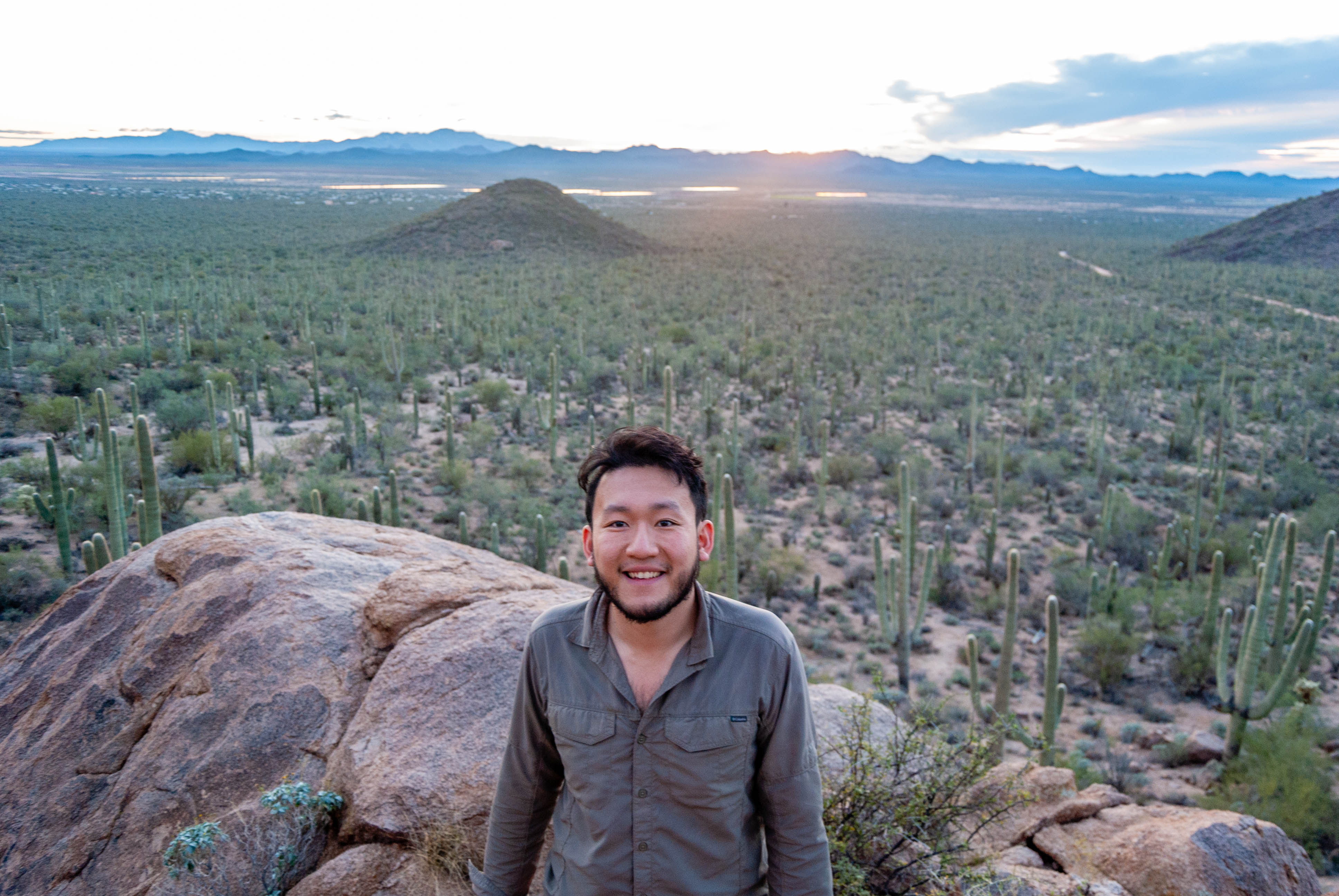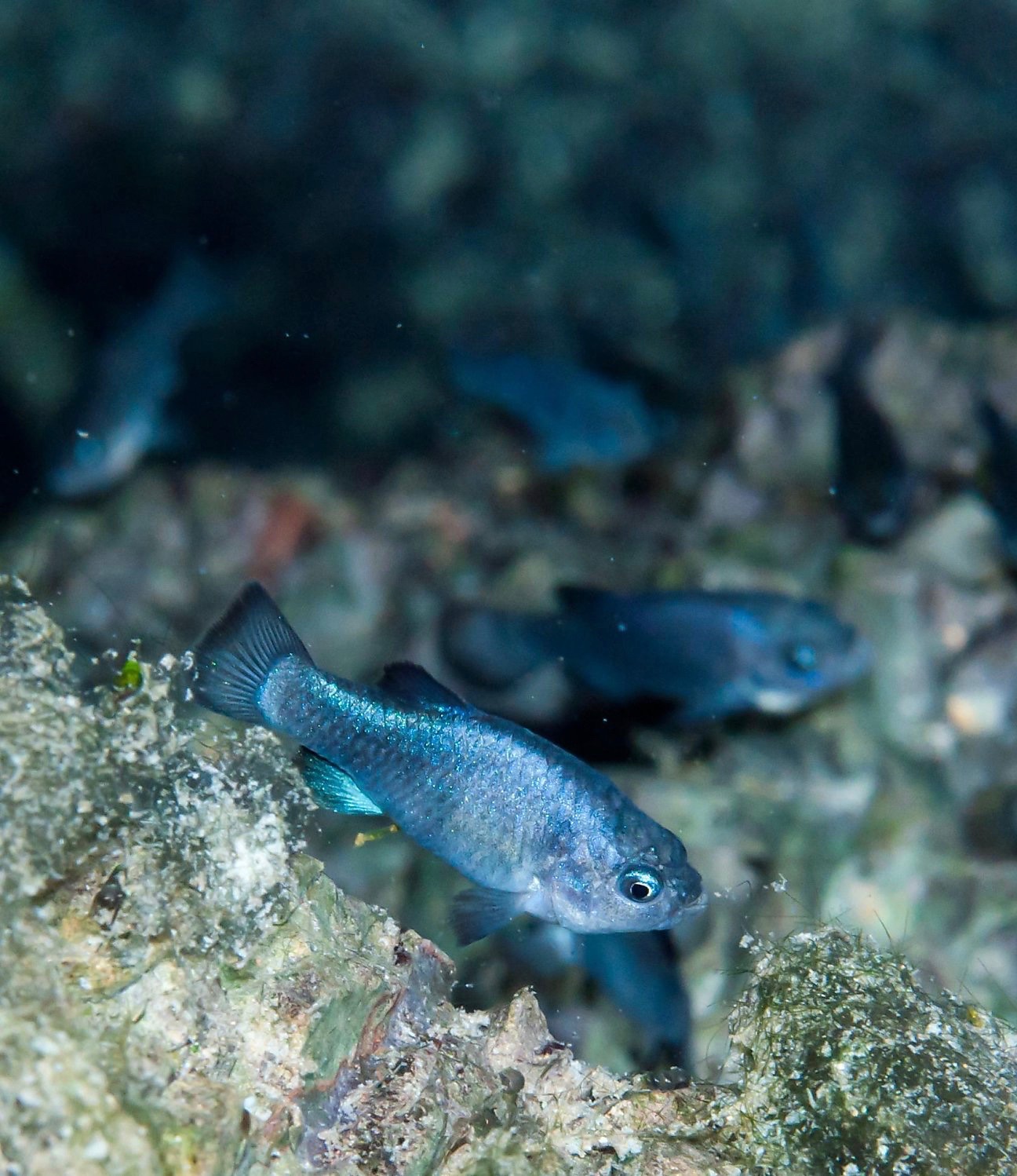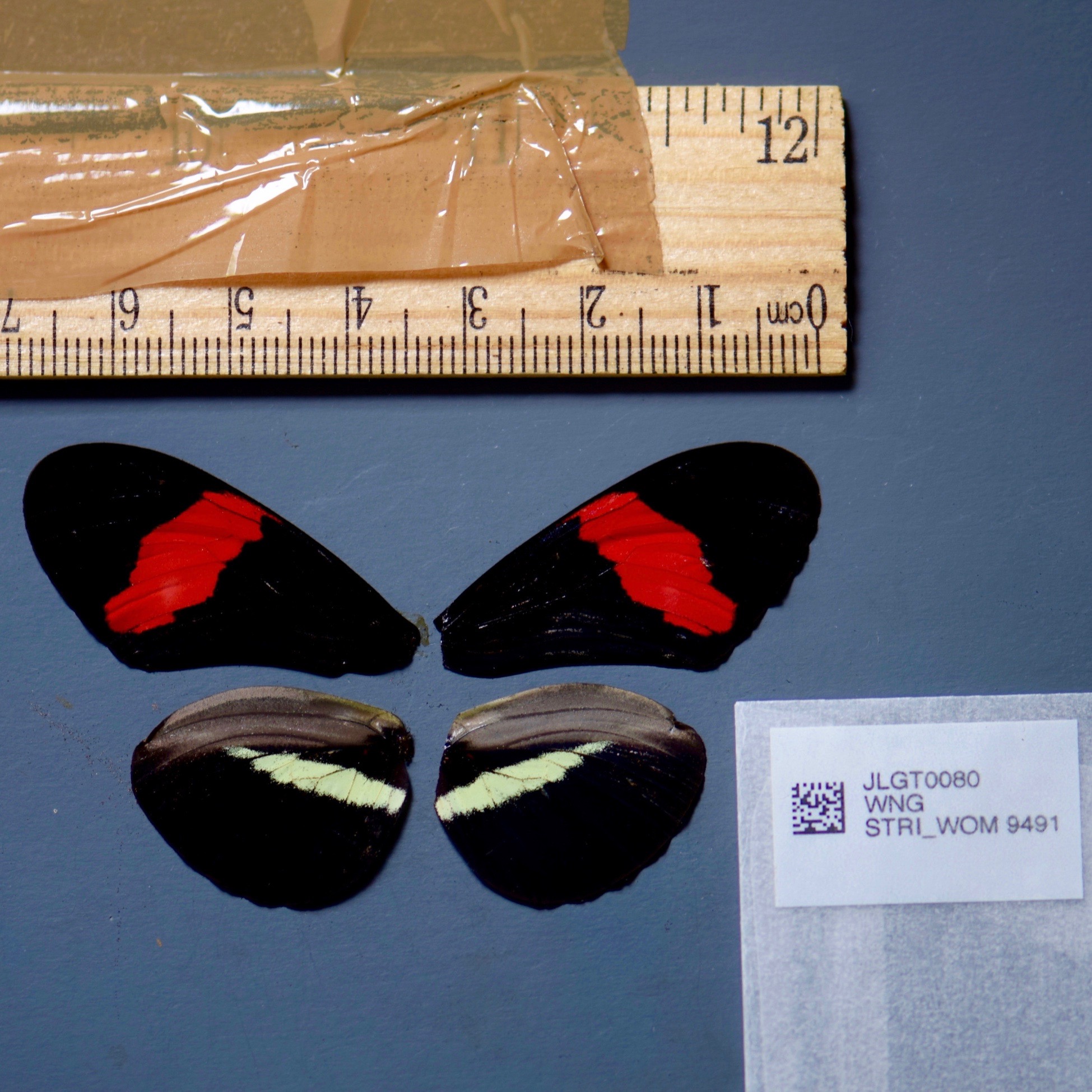Publications
Link to Google Scholar
2024
Adavi, E. D., Dos Anjos, V. L., Kotb, S., Metz, H. C., Tian, D., Zhao, Z., Zung, J. L., Rose, N. H. and C. S. McBride. 2024. Olfactory receptor coexpression and co-option in the dengue mosquito. biorxiv.
2023
Alexandre, N.M., Cameron, A.C., Tian, D., Chatla, K., Whiteman, N.K., Turner, T.F., and P. N. Reinthal. 2023. Chromosome-level reference genomes of two imperiled desert fishes: Spikedace (Meda fulgida) and Loach Minnow (Tiaroga cobitis). G3: Genes, Genomes, Genetics.
2022
Tian, D., Patton, A., Turner, B., and C. H. Martin. 2022. Severe inbreeding, increased mutation load and gene loss-of-function in the critically endangered Devils Hole pupfish. Proceedings of the Royal Society B.
2020
Zhao, Z., Tian, D., and C. S. McBride. 2020. Development of a pan-neuronal driver in Aedes aegypti mosquitoes. Cell Reports Methods.
2019
Concha, C., Wallbank, W. R., Hanly, J., Fenner, J., Livraghi, L., Santiago, E., Paulo, D., Arias, C., Vargas, M., Sanjeev, M., Morrison, C., Tian, D., Massardo, D., Counterman, A. B., Scott, M., Jiggins, C., Papa, R., Martin, A. and W. O. McMillan. 2019. Interplay between developmental flexibility and determinism in the evolution of mimetic Heliconius wing patterns. Current Biology.
Science Journalism
2016
D. Tian. 2016. Ecosystem Engineers: Modifying our Surrounding Environments. Swarthmore Journal of Science.
2015
D. Tian. 2015. Unraveling the Links Between Ecosystems and Public Health. Swarthmore Journal of Science.



